BUY DIPROSPAN ONLINE IN ANN ARBOR MICHIGAN
Each mL of Betamethasone (DIPROSPAN) Injection contains betamethasone dipropionate equivalent to 5 mg betamethasone and betamethasone sodium phosphate equivalent to 2 mg betamethasone in a sterile buffered and preserved vehicle.
Betamethasone (DIPROSPAN) Injection is a sterile aqueous injectable suspension of betamethasone dipropionate and betamethasone sodium phosphate.
Betamethasone (DIPROSPAN) Injection provides potent anti-inflammatory, antirheumatic and antiallergic effects in the treatment of corticosteroid-responsive disorders.
Glucocorticosteroids, such as betamethasone, cause profound and varied metabolic effects and modify the body’s immune response to diverse stimuli.
Betamethasone has glucocorticosteroid activity.
Drug Substance: Betamethasone is a derivative of prednisolone.
Excipients/Inactive Ingredients: Each injection includes the following inactive ingredients: Disodium Edetate, Disodium Phosphate Dihydrate (Disodium hydrogen phosphate dihydrate), Sodium Chloride, Polysorbate 80, Carmellose sodium (Sodium Carboxymethylcellulose), Polyethylene Glycol 3350, Benzyl Alcohol, Methyl Parahydroxybenzoate, Propyl Parahydroxybenzoate, Hydrochloric Acid, Water for injections and Nitrogen.
Betamethasone (DIPROSPAN) Injection is a sterile aqueous injectable suspension of betamethasone dipropionate and betamethasone sodium phosphate.
Betamethasone (DIPROSPAN) Injection provides potent anti-inflammatory, antirheumatic and antiallergic effects in the treatment of corticosteroid-responsive disorders.
Glucocorticosteroids, such as betamethasone, cause profound and varied metabolic effects and modify the body’s immune response to diverse stimuli.
Betamethasone has glucocorticosteroid activity.
Drug Substance: Betamethasone is a derivative of prednisolone.
Excipients/Inactive Ingredients: Each injection includes the following inactive ingredients: Disodium Edetate, Disodium Phosphate Dihydrate (Disodium hydrogen phosphate dihydrate), Sodium Chloride, Polysorbate 80, Carmellose sodium (Sodium Carboxymethylcellulose), Polyethylene Glycol 3350, Benzyl Alcohol, Methyl Parahydroxybenzoate, Propyl Parahydroxybenzoate, Hydrochloric Acid, Water for injections and Nitrogen.
Action
Anti-inflammatory, Adrenal Corticosteroid.
Pharmacology: Pharmacodynamics: Not available.
Pharmacokinetics: Not available.
Toxicology: Preclinical Information: Not available.
Pharmacology: Pharmacodynamics: Not available.
Pharmacokinetics: Not available.
Toxicology: Preclinical Information: Not available.
Indications/Uses
Betamethasone (DIPROSPAN) Injection is indicated for the treatment of acute and chronic corticosteroid-responsive diseases, such as synovitis associated with osteoarthritis, rheumatoid arthritis, bursitis/tendinitis, bronchial asthma, atopic dermatitis, rhus dermatitis, neurodermatitis, chronic hypertrophic lichen simplex, alopecia areata, and psoriasis. Corticosteroid hormone therapy is an adjunct to, and not a replacement for, conventional therapy.
Musculoskeletal and Soft Tissue Conditions: Rheumatoid arthritis; osteoarthritis; bursitis; ankylosing spondylitis; epicondylitis; radiculitis; coccydynia; sciatica; lumbago; torticollis; ganglion cyst; exostosis; fasciitis.
Allergic Conditions: Chronic bronchial asthma (including adjunctive therapy for status asthmaticus); hay fever; angioneurotic edema; allergic bronchitis; seasonal or perennial allergic rhinitis; drug reactions; serum sickness; insect bites.
Dermatologic Conditions: Atopic dermatitis (nummular eczema); neurodermatitis (circumscribed lichen simplex); contact dermatitis; severe solar dermatitis; urticaria; hypertrophic lichen planus; necrobiosis lipoidica diabeticorum; alopecia areata; discoid lupus erythematosus; psoriasis; keloids; pemphigus; dermatitis herpetiformis; cystic acne.
Collagen Diseases: Disseminated lupus erythematosus; scleroderma; dermatomyositis; periarteritis nodosa.
Neoplastic Diseases: For palliative management of leukemias and lymphomas in adults; acute leukemia of childhood.
Other Conditions: Adrenogenital syndrome; ulcerative colitis, regional ileitis; sprue; podiatric conditions (bursitis under heloma durum, hallux rigidus, digiti quinti varus); affections requiring subconjunctival injection; corticosteroid-responsive blood dyscrasias; nephritis, and nephrotic syndrome.
Primary or secondary adrenocortical insufficiency may be treated with Betamethasone (DIPROSPAN) Injection but should be supplemented with mineralocorticosteroids, if applicable.
Betamethasone (DIPROSPAN) Injection is recommended for (1) intramuscular injection in conditions responsive to systemic corticosteroids; (2) injection directly into the affected soft tissues where indicated; (3) intra-articular and periarticular injection in arthritides; (4) intralesional injection in various dermatologic conditions; and (5) local injection in certain inflammatory and cystic disorders of the foot.
Musculoskeletal and Soft Tissue Conditions: Rheumatoid arthritis; osteoarthritis; bursitis; ankylosing spondylitis; epicondylitis; radiculitis; coccydynia; sciatica; lumbago; torticollis; ganglion cyst; exostosis; fasciitis.
Allergic Conditions: Chronic bronchial asthma (including adjunctive therapy for status asthmaticus); hay fever; angioneurotic edema; allergic bronchitis; seasonal or perennial allergic rhinitis; drug reactions; serum sickness; insect bites.
Dermatologic Conditions: Atopic dermatitis (nummular eczema); neurodermatitis (circumscribed lichen simplex); contact dermatitis; severe solar dermatitis; urticaria; hypertrophic lichen planus; necrobiosis lipoidica diabeticorum; alopecia areata; discoid lupus erythematosus; psoriasis; keloids; pemphigus; dermatitis herpetiformis; cystic acne.
Collagen Diseases: Disseminated lupus erythematosus; scleroderma; dermatomyositis; periarteritis nodosa.
Neoplastic Diseases: For palliative management of leukemias and lymphomas in adults; acute leukemia of childhood.
Other Conditions: Adrenogenital syndrome; ulcerative colitis, regional ileitis; sprue; podiatric conditions (bursitis under heloma durum, hallux rigidus, digiti quinti varus); affections requiring subconjunctival injection; corticosteroid-responsive blood dyscrasias; nephritis, and nephrotic syndrome.
Primary or secondary adrenocortical insufficiency may be treated with Betamethasone (DIPROSPAN) Injection but should be supplemented with mineralocorticosteroids, if applicable.
Betamethasone (DIPROSPAN) Injection is recommended for (1) intramuscular injection in conditions responsive to systemic corticosteroids; (2) injection directly into the affected soft tissues where indicated; (3) intra-articular and periarticular injection in arthritides; (4) intralesional injection in various dermatologic conditions; and (5) local injection in certain inflammatory and cystic disorders of the foot.
Dosage/Direction for Use
Dosing requirements are variable and must be individualized on the basis of the specific disease, its severity and the response of the patient.
The initial dose should be maintained or adjusted until a satisfactory response is observed. If a satisfactory clinical response does not occur after a reasonable period of time, treatment with Betamethasone (DIPROSPAN) Injection should be discontinued and other appropriate therapy initiated.
Systemic Administration: For systemic therapy, treatment is initiated with 1 to 2 mL in most conditions and repeated as necessary. Administration is by deep intramuscular (IM) injection in the gluteal region. Dosage and frequency of administration will depend on the severity of the patients’ condition and the therapeutic response. Two mL might be required initially in a severe illness, such as lupus erythematosus or status asthmaticus which has been resolved by appropriate life-saving procedures.
A wide variety of dermatologic conditions respond effectively to an IM Injection of 1 mL Betamethasone (DIPROSPAN) Injection, repeated according to the response of the condition. In respiratory tract disorders, onset of relief from symptoms has occurred within a few hours after IM injection of Betamethasone (DIPROSPAN) Injection.
Effective control of symptoms with 1 to 2 mL is obtained in bronchial asthma, hay fever, allergic bronchitis and allergic rhinitis.
In the treatment of acute or chronic bursitis, excellent results are obtained with 1 to 2 mL IM injection of Betamethasone (DIPROSPAN) Injection, repeated as necessary.
Local Administration: Concomitant use of a local anesthetic is rarely necessary. If coadministration of a local anesthetic is desired, Betamethasone (DIPROSPAN) Injection may be mixed (in the syringe, not the vial) with 1% or 2% procaine hydrochloride or lidocaine, using formulations which do not contain parabens. Similar local anesthetics may also be used. Anesthetics containing methylparaben, propylparaben, phenol, etc. should be avoided. The required dose of Betamethasone (DIPROSPAN) Injection is first withdrawn from the vial into the syringe. The local anesthetic is then drawn in, and the syringe is shaken briefly.
In acute subdeltoid, subacromial, olecranon, and prepatellar bursitis, an intrabursal injection of 1 to 2 mL of Betamethasone (DIPROSPAN) Injection may relieve pain and restore full range of movement within a few hours. Chronic bursitis may be treated with reduced dosage once acute symptoms are controlled. In acute tenosynovitis, tendinitis, and peritendinitis, one injection of Betamethasone (DIPROSPAN) Injection should alleviate the condition. In chronic forms of these conditions, it may be necessary to repeat the injection as the patient’s condition requires.
Following 0.5 to 2 mL intra-articular administration of Betamethasone (DIPROSPAN) Injection, relief from pain, soreness, and stiffness associated with rheumatoid arthritis and osteoarthritis may be experienced within two to four hours. Duration of relief, which varies widely in both diseases, is four or more weeks in the majority of cases.
An intra-articular injection of Betamethasone (DIPROSPAN) Injection is well tolerated in the joint and periarticular tissues. Recommended doses for intra-articular injection are: large joints (knee, hip, shoulder), 1 to 2 mL; medium joints (elbow, wrist, ankle), 0.5 to 1 mL; small joints (foot, hand, chest), 0.25 to 0.5 mL.
Dermatologic conditions may respond to intralesional administration of Betamethasone (DIPROSPAN) Injection. Response of some lesions not treated directly may be due to a slight systemic effect of the drug. In intralesional treatment, an intradermal dosage of 0.2 mL/cm2 of Betamethasone (DIPROSPAN) Injection evenly injected with a tuberculin syringe and a 26-gauge needle is recommended. The total amount of Betamethasone (DIPROSPAN) Injection injected at all sites each week should not exceed 1 mL.
Betamethasone (DIPROSPAN) Injection may be used effectively in disorders of the foot that are responsive to corticosteroid therapy. Bursitis under heloma durum maybe controlled with two successive injections of 0.25 mL each. In some conditions, such as hallux rigidus, digiti quinti varus and acute gouty arthritis, onset of relief maybe rapid. A turbeculin syringe with a 25-gauge needle is suitable for most injections. Recommended doses at intervals of approximately one week: bursitis under heloma durum or molle, 0.25 to 0.5 mL; bursitis under calcaneal spur, 0.5 mL; bursitis over hallux rigidus, 0.5 mL; bursitis over digiti quinti varus, 0.5 mL; synovial cyst, 0.25 to 0.5 mL; Morton’s neuralgia (metatarsalgia) 0.25 to 0.5 mL; tenosynovitis, 0.5 mL; periostitis of cuboid, 0.5 mL; acute gouty arthritis, 0.5 to 1 mL.
After a favorable response is obtained, the proper maintenance dosage should be determined by decreasing the initial dose in small decrements at appropriate time intervals until the lowest dose which will maintain an adequate clinical response is determined.
Exposure of the patient to stressful situations unrelated to the existing disease may necessitate an increased dose of Betamethasone (DIPROSPAN) Injection. If the drug is to be discontinued after long-term therapy, the dose should be decreased gradually.
The initial dose should be maintained or adjusted until a satisfactory response is observed. If a satisfactory clinical response does not occur after a reasonable period of time, treatment with Betamethasone (DIPROSPAN) Injection should be discontinued and other appropriate therapy initiated.
Systemic Administration: For systemic therapy, treatment is initiated with 1 to 2 mL in most conditions and repeated as necessary. Administration is by deep intramuscular (IM) injection in the gluteal region. Dosage and frequency of administration will depend on the severity of the patients’ condition and the therapeutic response. Two mL might be required initially in a severe illness, such as lupus erythematosus or status asthmaticus which has been resolved by appropriate life-saving procedures.
A wide variety of dermatologic conditions respond effectively to an IM Injection of 1 mL Betamethasone (DIPROSPAN) Injection, repeated according to the response of the condition. In respiratory tract disorders, onset of relief from symptoms has occurred within a few hours after IM injection of Betamethasone (DIPROSPAN) Injection.
Effective control of symptoms with 1 to 2 mL is obtained in bronchial asthma, hay fever, allergic bronchitis and allergic rhinitis.
In the treatment of acute or chronic bursitis, excellent results are obtained with 1 to 2 mL IM injection of Betamethasone (DIPROSPAN) Injection, repeated as necessary.
Local Administration: Concomitant use of a local anesthetic is rarely necessary. If coadministration of a local anesthetic is desired, Betamethasone (DIPROSPAN) Injection may be mixed (in the syringe, not the vial) with 1% or 2% procaine hydrochloride or lidocaine, using formulations which do not contain parabens. Similar local anesthetics may also be used. Anesthetics containing methylparaben, propylparaben, phenol, etc. should be avoided. The required dose of Betamethasone (DIPROSPAN) Injection is first withdrawn from the vial into the syringe. The local anesthetic is then drawn in, and the syringe is shaken briefly.
In acute subdeltoid, subacromial, olecranon, and prepatellar bursitis, an intrabursal injection of 1 to 2 mL of Betamethasone (DIPROSPAN) Injection may relieve pain and restore full range of movement within a few hours. Chronic bursitis may be treated with reduced dosage once acute symptoms are controlled. In acute tenosynovitis, tendinitis, and peritendinitis, one injection of Betamethasone (DIPROSPAN) Injection should alleviate the condition. In chronic forms of these conditions, it may be necessary to repeat the injection as the patient’s condition requires.
Following 0.5 to 2 mL intra-articular administration of Betamethasone (DIPROSPAN) Injection, relief from pain, soreness, and stiffness associated with rheumatoid arthritis and osteoarthritis may be experienced within two to four hours. Duration of relief, which varies widely in both diseases, is four or more weeks in the majority of cases.
An intra-articular injection of Betamethasone (DIPROSPAN) Injection is well tolerated in the joint and periarticular tissues. Recommended doses for intra-articular injection are: large joints (knee, hip, shoulder), 1 to 2 mL; medium joints (elbow, wrist, ankle), 0.5 to 1 mL; small joints (foot, hand, chest), 0.25 to 0.5 mL.
Dermatologic conditions may respond to intralesional administration of Betamethasone (DIPROSPAN) Injection. Response of some lesions not treated directly may be due to a slight systemic effect of the drug. In intralesional treatment, an intradermal dosage of 0.2 mL/cm2 of Betamethasone (DIPROSPAN) Injection evenly injected with a tuberculin syringe and a 26-gauge needle is recommended. The total amount of Betamethasone (DIPROSPAN) Injection injected at all sites each week should not exceed 1 mL.
Betamethasone (DIPROSPAN) Injection may be used effectively in disorders of the foot that are responsive to corticosteroid therapy. Bursitis under heloma durum maybe controlled with two successive injections of 0.25 mL each. In some conditions, such as hallux rigidus, digiti quinti varus and acute gouty arthritis, onset of relief maybe rapid. A turbeculin syringe with a 25-gauge needle is suitable for most injections. Recommended doses at intervals of approximately one week: bursitis under heloma durum or molle, 0.25 to 0.5 mL; bursitis under calcaneal spur, 0.5 mL; bursitis over hallux rigidus, 0.5 mL; bursitis over digiti quinti varus, 0.5 mL; synovial cyst, 0.25 to 0.5 mL; Morton’s neuralgia (metatarsalgia) 0.25 to 0.5 mL; tenosynovitis, 0.5 mL; periostitis of cuboid, 0.5 mL; acute gouty arthritis, 0.5 to 1 mL.
After a favorable response is obtained, the proper maintenance dosage should be determined by decreasing the initial dose in small decrements at appropriate time intervals until the lowest dose which will maintain an adequate clinical response is determined.
Exposure of the patient to stressful situations unrelated to the existing disease may necessitate an increased dose of Betamethasone (DIPROSPAN) Injection. If the drug is to be discontinued after long-term therapy, the dose should be decreased gradually.
Overdosage
Symptoms: Acute overdosage with glucocorticosteroids, including betamethasone, is not expected to lead to a life-threatening situation. Except at the most extreme dosages, a few days of excessive glucocorticosteroid dosing is unlikely to produce harmful results in the absence of specific contraindications, such as in patients with diabetes mellitus, glaucoma, or active peptic ulcer, or in patients on medications such as digitalis, coumarin-type anticoagulants or potassium-depleting diuretics.
Treatment: Complications resulting from the metabolic effects of the corticosteroid or from deleterious effects of the basic or concomitant illnesses or resulting from drug interactions should be handled as appropriate.
Maintain adequate fluid intake and monitor electrolytes in serum and urine, with particular attention to sodium and potassium balance. Treat electrolyte imbalance if necessary.
Treatment: Complications resulting from the metabolic effects of the corticosteroid or from deleterious effects of the basic or concomitant illnesses or resulting from drug interactions should be handled as appropriate.
Maintain adequate fluid intake and monitor electrolytes in serum and urine, with particular attention to sodium and potassium balance. Treat electrolyte imbalance if necessary.


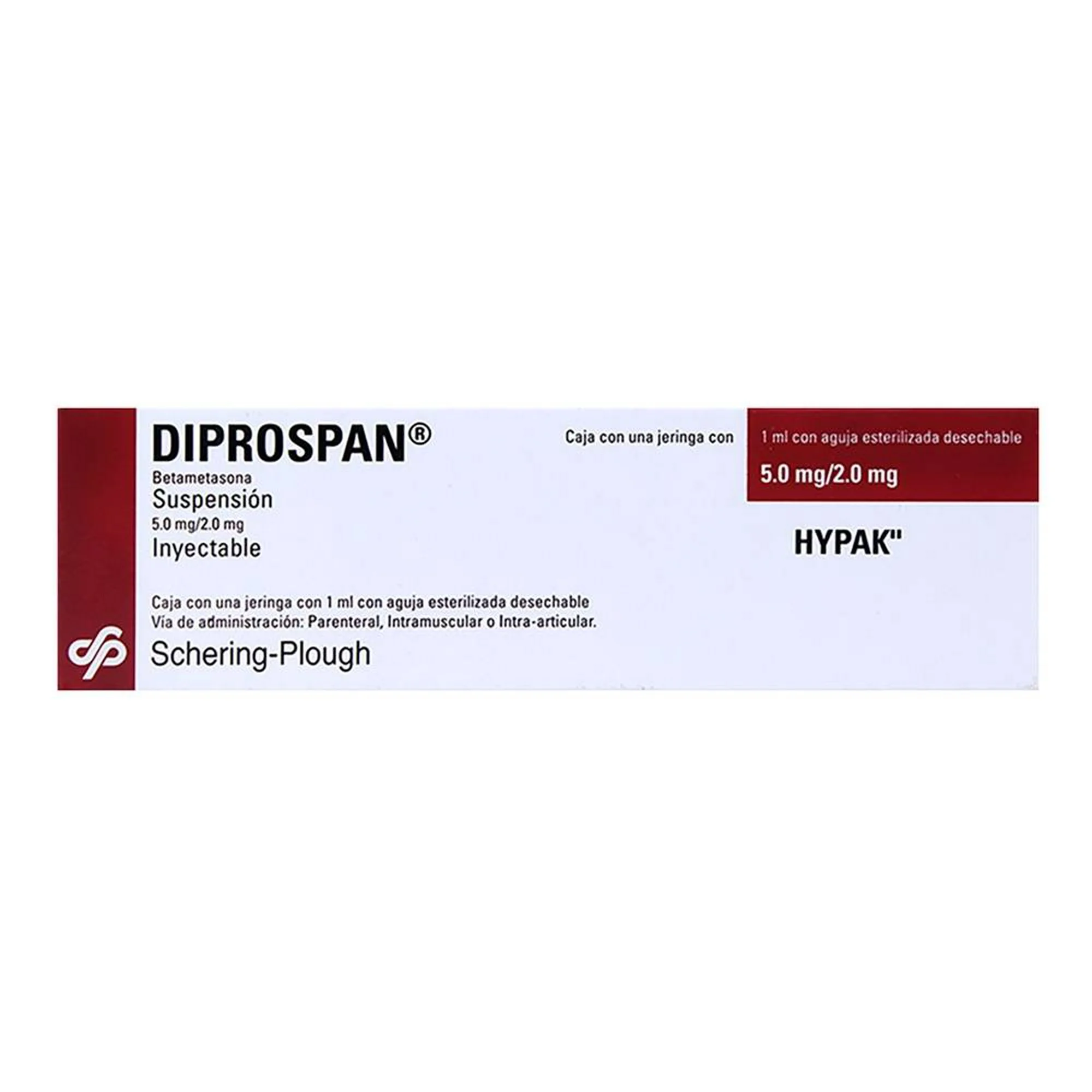
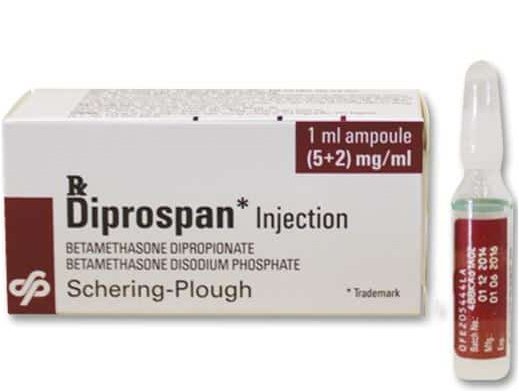

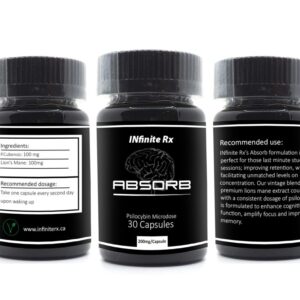
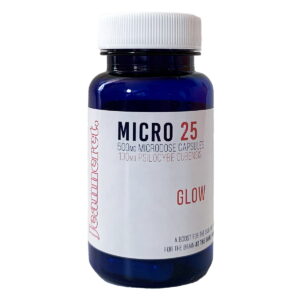
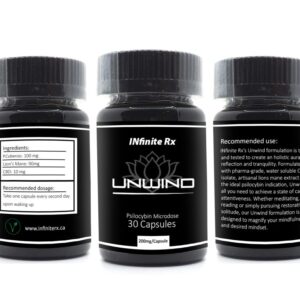
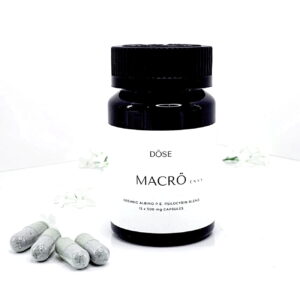
Reviews
There are no reviews yet.